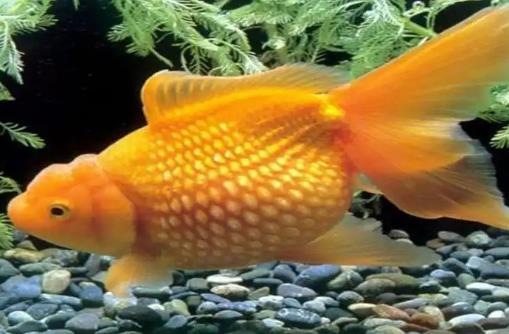The processing steps and precautions after goldfish lay eggs are as follows:
Change the water and raise the temperature in a timely manner: After goldfish lay eggs, the water quality will become turbid, which makes it easy for bacteria to breed and affects the health of the goldfish and the hatching of the fry. Therefore, it is necessary to change the water in a timely manner to keep the water quality clean. It is recommended to change 1/3 to 1/2 of the water every day, and do it gradually over several days to avoid scaring the goldfish. At the same time, use heating and oxygenation equipment to control the water temperature at around 25 degrees Celsius to provide a comfortable growth environment.

Clean up the residues: Clean up the unfertilized eggs and impurities in the fish tank and the filtration system to keep the water quality stable. You can use a shallow basin for hatching, which is convenient for siphoning the bottom and draining the water, and avoid the fish eggs flying around due to the excessive water flow.
Separate the egg-laying female fish: Take care of the female fish that has laid eggs separately and put it into another container, using the water from the original tank to avoid stress caused by environmental changes.
Gently squeeze the fish's abdomen: If there are still remaining eggs in the female fish's body, you can gently squeeze the fish's abdomen to help expel them, but pay attention to the strength to avoid injuring the female fish.
Observe and care for the fry: After the fish eggs hatch, it is necessary to provide suitable food and environment. The fry have a weak ability to adapt to the environment, so it is necessary to keep the water quality clean and avoid overfeeding or carrying out large-scale cleaning of the fish tank.
Background knowledge and common question answers about goldfish egg laying:
Background knowledge of goldfish egg laying: Goldfish reproduce through external fertilization. The female fish will release eggs, and the male fish will release sperm for external fertilization to form fertilized eggs. The fertilized eggs can develop into fry under suitable conditions.
Common question answers: How to determine whether the fish roe is fertilized? You can determine it by observing the color, surface texture and other characteristics of the fish roe. Healthy fish roe usually has a bright color, a plump shape, and will adhere to aquatic plants, stones or other objects.
